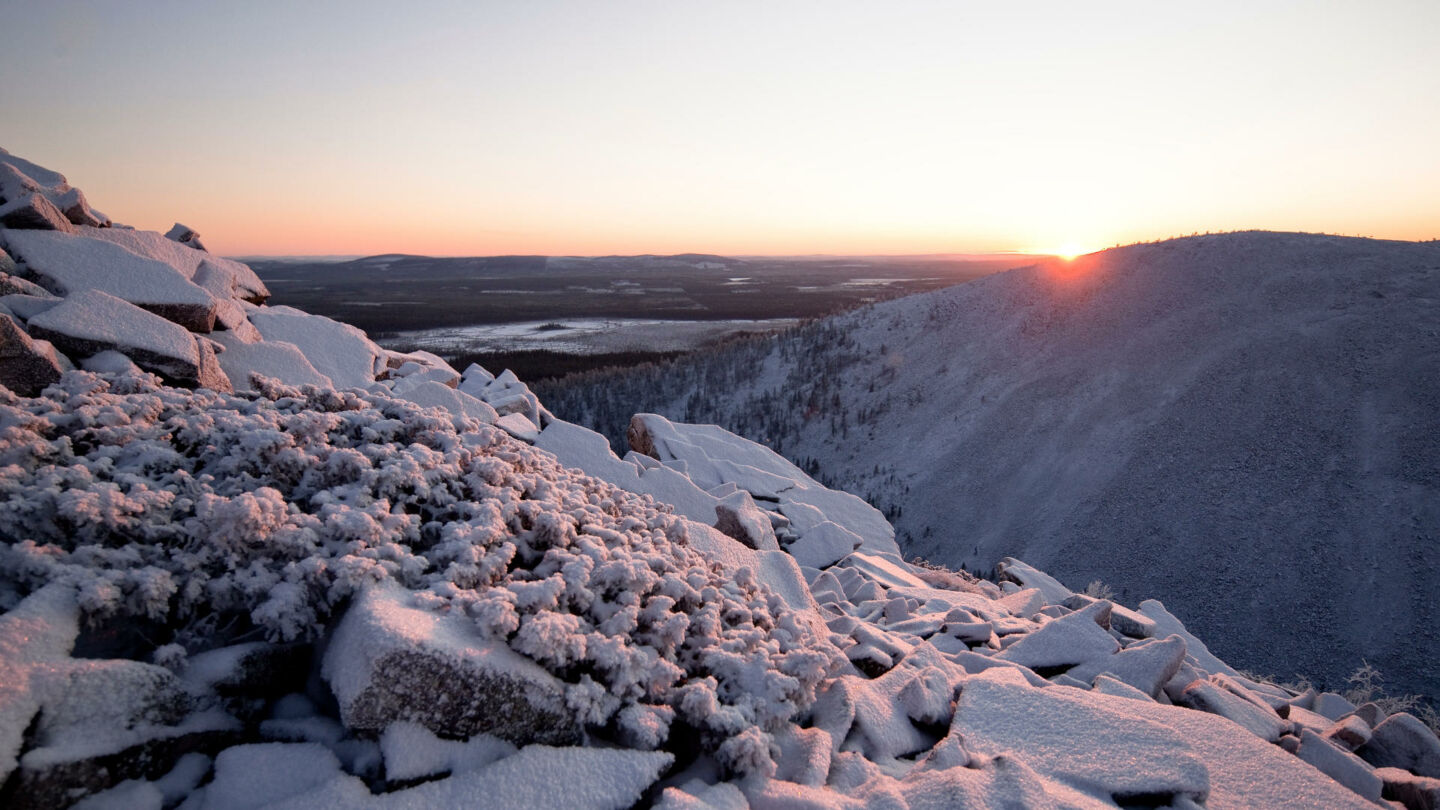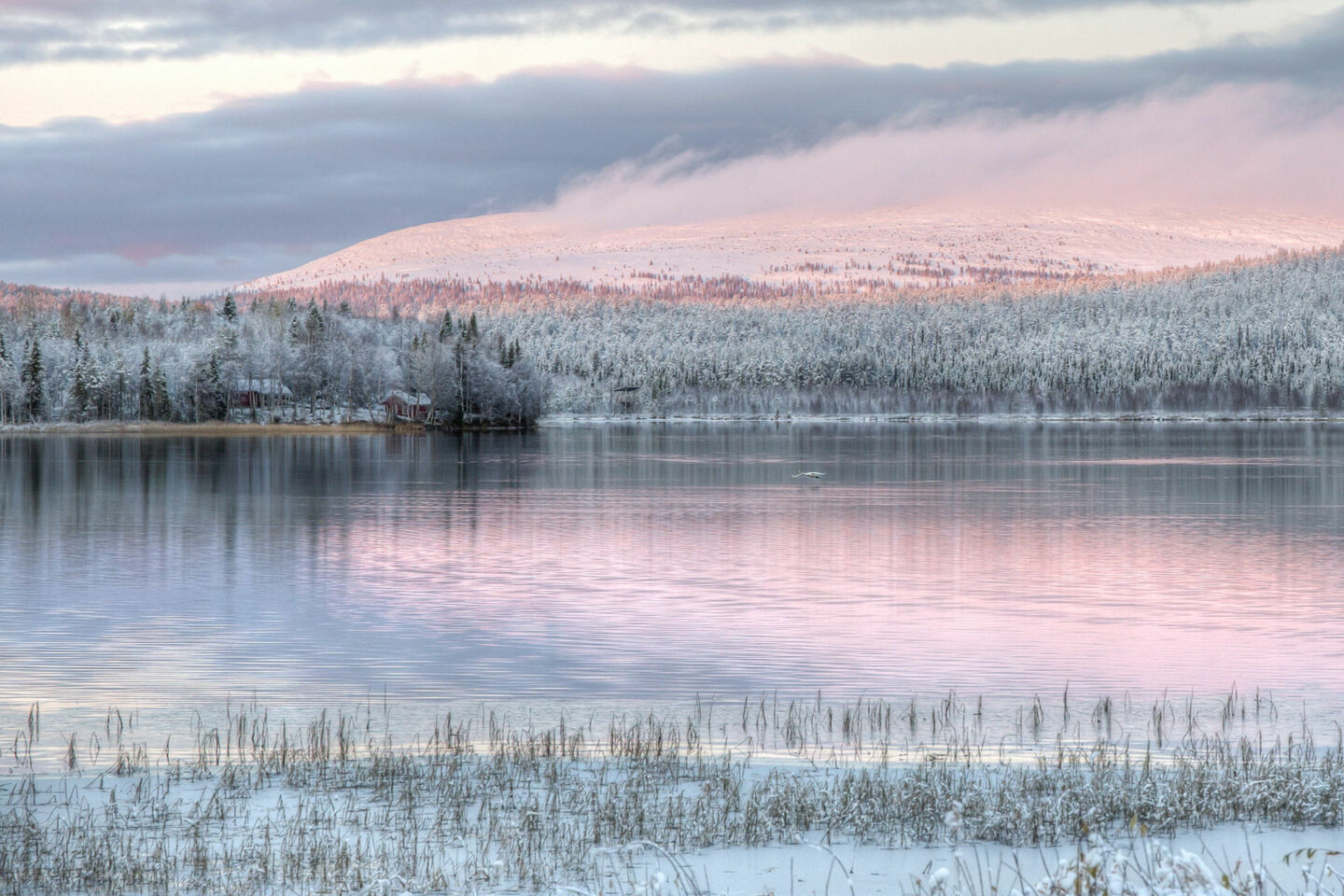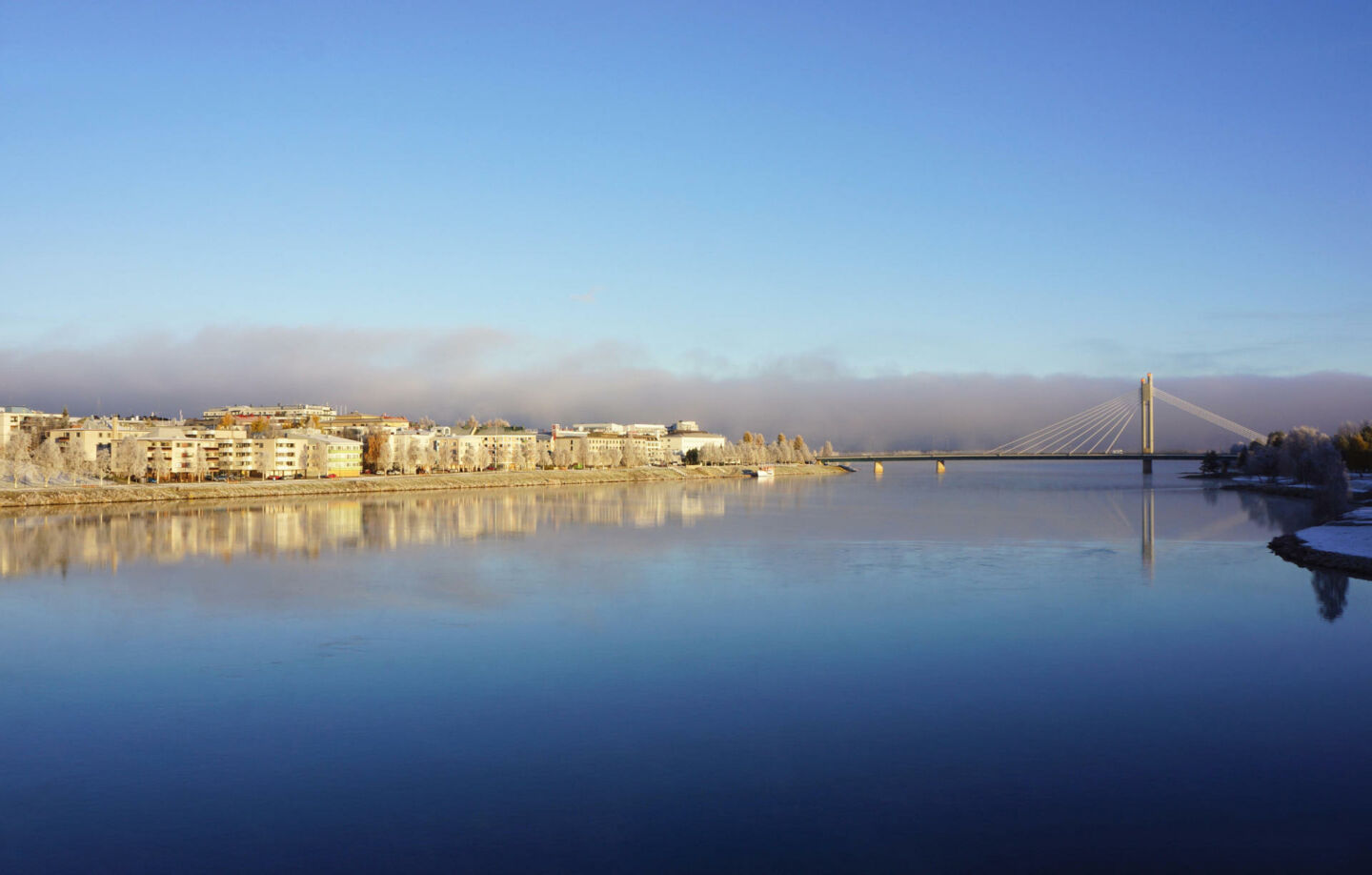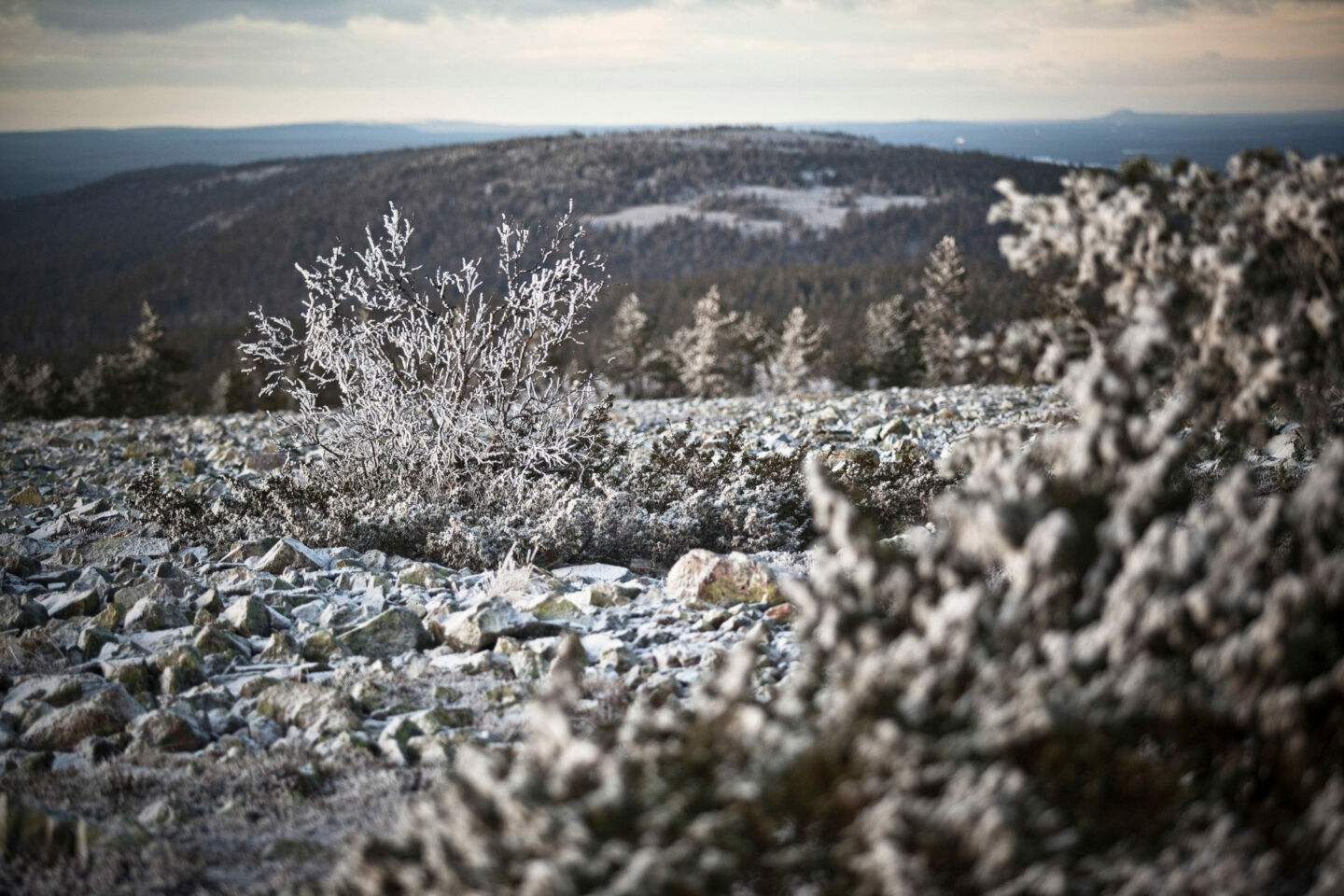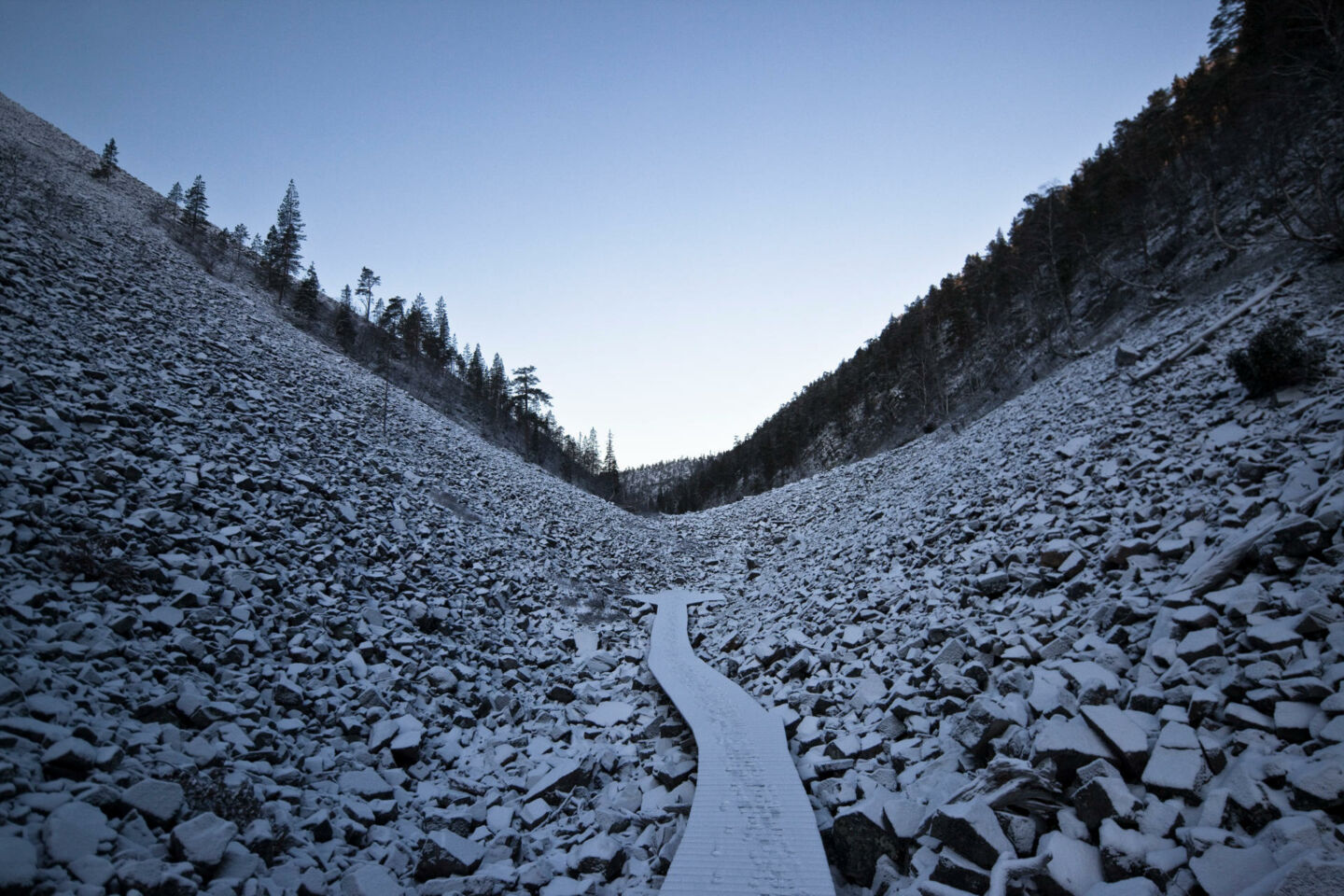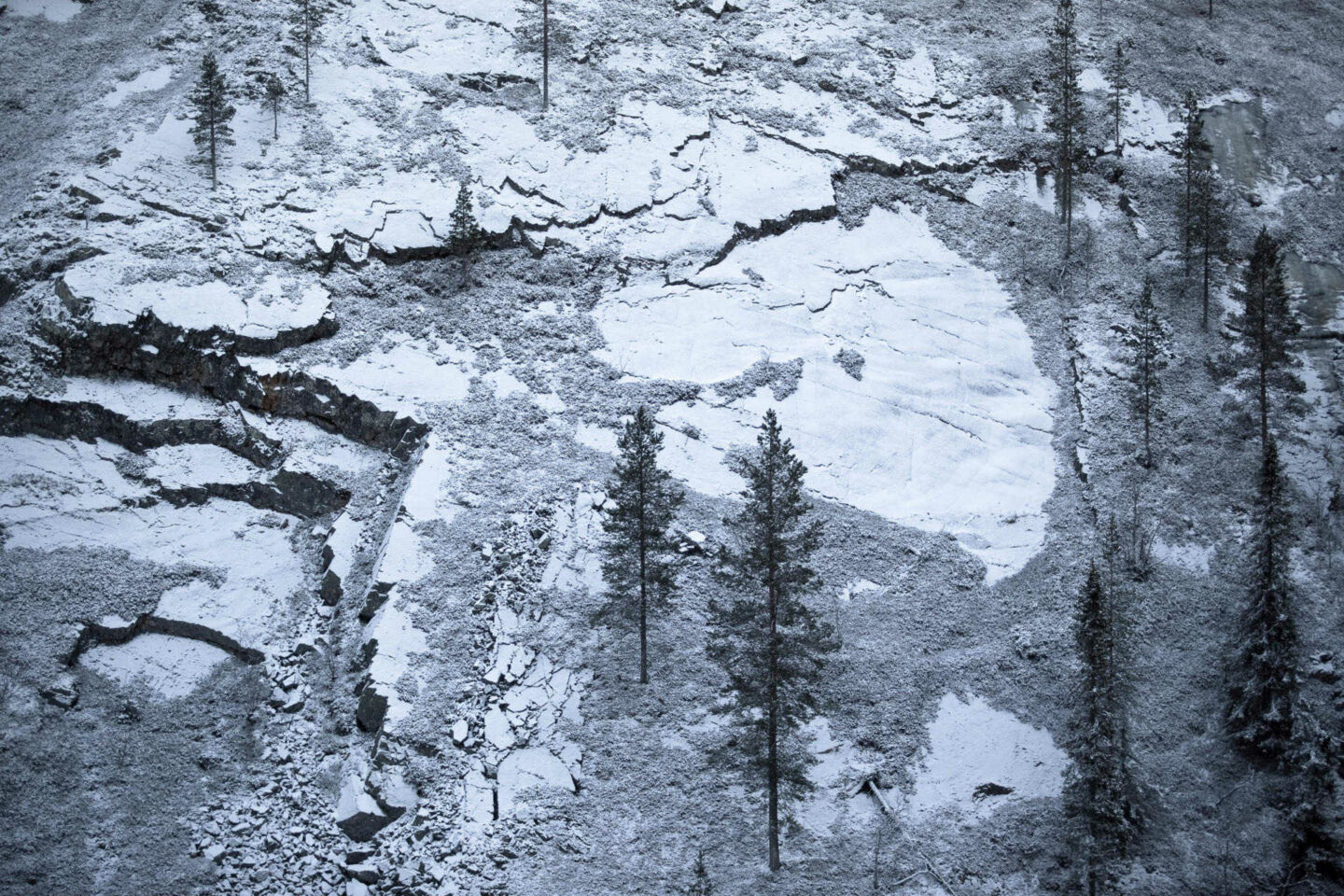The first snowfall of the season is always magical & exciting. In Lapland, it’s a great time for filming. Once the snow cover arrives, it stays up to 7 months in some locations.
In many people’s minds, Lapland equals winter. Understandably. Slowly but surely, though, the region is becoming better known for its attractions throughout the year, but this is where jaw-dropping winter landscapes and activities are guaranteed. Film-makers have long known this, but it’s still important to get an idea of when the first snows are likely to fall and when the permanent snow cover sets in.
There is something universally magical and exciting about the first snow of the winter. This is reflected in the number of calls and emails that the Finnish Lapland Film Commission receives in the autumn asking the same simple, eager question: “Is there snow already in Lapland?”
Even the locals get excited, filled with inspirational vigor at the transformation of the landscape. Everyone is happy when the spring comes, too, but as long as the ground is white they are grateful for the bright, reflected light, the softening of hard shapes and the endless unique opportunities that the winter brings.
As with most things, patience is a virtue with respect to the first snow. The first flurries might sprinkle the dazzling autumn colors of the upland fells as early as late August, although at lower altitudes, it’s more likely to happen in October. It can take a few weeks to accumulate, during which, the snow will turn to slush, then to ice, then to clean white snow again.
Once it arrives, the snow cover lasts up to seven months, with the thickest accumulation measured around the middle of March or even later, in April. After this, the sun lingers long enough to melt the snow cover fairly quickly, although there might be patches of snow remaining on the highest peaks in the far north.
If permanent snow cover is critical for your visit, whether you’re checking out potential locations or planning a shoot, you can refer to online resources to give you a clearer idea of when to arrive in Lapland. Across most of the region, the maximum snow depth will be between 60 and 80 centimeters, with permanent snow cover lasting from 200 to 225 days in the far north and between 190 to 200 days further south, including on the Arctic Circle.
Good and permanent snow cover is usually very likely on the Arctic Circle at Christmas, obviously a popular time for seasonal shoots, although the Christmas ambiance can be recreated at any time in winter. Most of Lapland is above the Arctic Circle, and usually the higher you go, the earlier snow falls. In Lapland at least, services are prepared for the first heavy blizzards, which means roads, railways and airports operate as normal.
Other infrastructure, including power lines and Internet connections, are also fairly immune to the white stuff in this neck of the woods, while accommodation, catering and other logistics services are similarly experienced and prepared for all weather. This means production work can proceed, making the most of the conditions rather than being hindered by them.
Check out the Finnish Meteorological Institute’s Snow Statistics for more details of snow cover.



